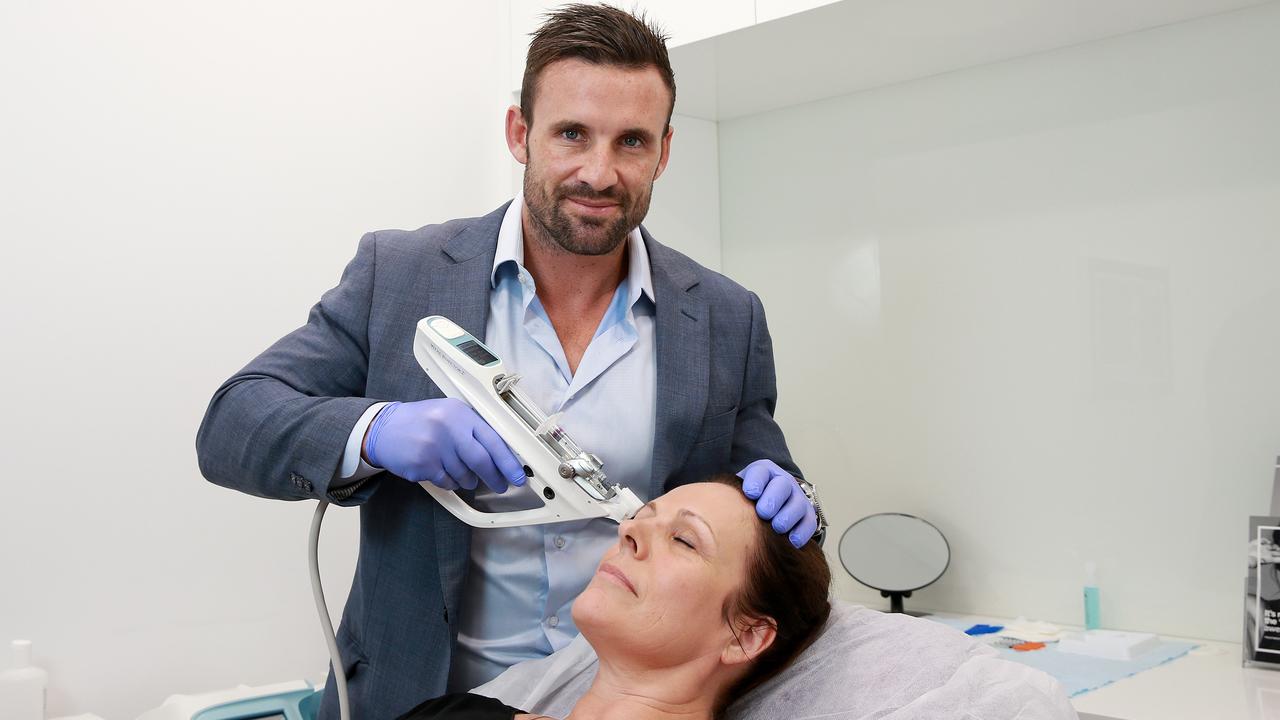Dr Jonathan Hopkirk shares his systematic approach to safety-screening and ethical decision-making in cosmetic procedures:
It all comes down to having a systematic approach with your consultation. One of the key purposes of the consultation is to ensure the patient is a safe and suitable candidate for the intended procedure.
Safety screening extends not only into the possible physical contraindications but also the psychological history of the patient.
It can sometimes be the case that the procedure that the patient is pursuing is just not appropriate for them at that point in time and it’s about having an honest conversation with the patient around why this is the case.

When it’s decided that the patient is not a suitable candidate for the treatment, I then either ‘deter, defer or refer’.
I ‘deter’ the patient from the treatment altogether (e.g., patient has previously had complications ongoing secondary to a particular treatment and it’s unsafe to take the same risk again), I ‘defer’ until the patient or timing is more suitable (e.g., patient has had recent dental work performed and wants lip filler) or I refer to a better suited professional (e.g. when the patient’s desired results cannot be delivered with my skillset).
Can you share some examples of how to appropriately decline treatment for a patient that is unsuitable?
An example is I’ve previously had patients who are seeking injectable treatments whilst journeying through intense cancer treatments.
In these instances, I stress to the patient that they’re at a higher risk of complications and if a complication were to occur then this is an additional physical and emotional burden for them to carry.
In which case I would encourage them to have less invasive treatments like facials and dermabrasions that have a much lower risk of complications and down time but still improve the health of the skin as well as the appearance.
It’s crucial that you don’t just consider how your patient would respond to an ideal outcome, but also are they in the right frame of mind to deal with a complication if it occurred and if the answer is no, then always defer.
Another example of this is if someone is suffering an emotional disruption in their life, say a breakup or divorce and they are seeking cosmetic treatments to try and remedy an emotional hardship with a physical solution.
This is a prime example of when I would encourage the patient to wait until they’re feeling more settled and stable in themselves before committing to a procedure which comes with risk and down time.
Does an alternative treatment always have to be provided? Or can this be in form of a referral?
I believe this comes down to what the patient is seeking first and then whether it is safe and ethical to offer them an alternate treatment either with you or anyone else.
The health professional must be equipped with the clinical acumen and moral compass to be able to determine whether to deter, defer or refer.
In practice, how can you mitigate these patients from re-booking with other practitioners across your team?
It’s important that your clinic has a systematic approach that prevents unsuitable candidates from being treated down the hall.
Protocols and policies need to be agreed on by the health professionals in the practice to ensure there is a collective commitment to the same minimum standards. It’s paramount that the patient is informed of why your decision not to treat is protecting them and informing them that all staff on the premises will want to protect the patient’s safety with this decision as well.
It’s your job as the health professional to gain the patient’s trust, and if they understand you’re only doing what is best and safest for them then they are likely to take your guidance.
I always inform the patient of the risks if they were to seek the treatment elsewhere, as obviously this is a viable option in patients’ minds when they are desperate to seek out the treatment results.
Inform, deter, defer or refer and then document your reasoning.
Read the latest issue of SPA+CLINIC below:
There are 5 ways you can catch up with SPA+CLINIC
- Our quarterly print magazine, delivered to your door. Subscribe here.
- Our website, which is updated daily with its own completely unique content and breaking news.
- Our weekly newsletter – free to your inbox! Subscribe here.
- Our digital magazine – click here to view previous issues.
- Our social media – see daily updates on our Instagram, Facebook & Linkedin




